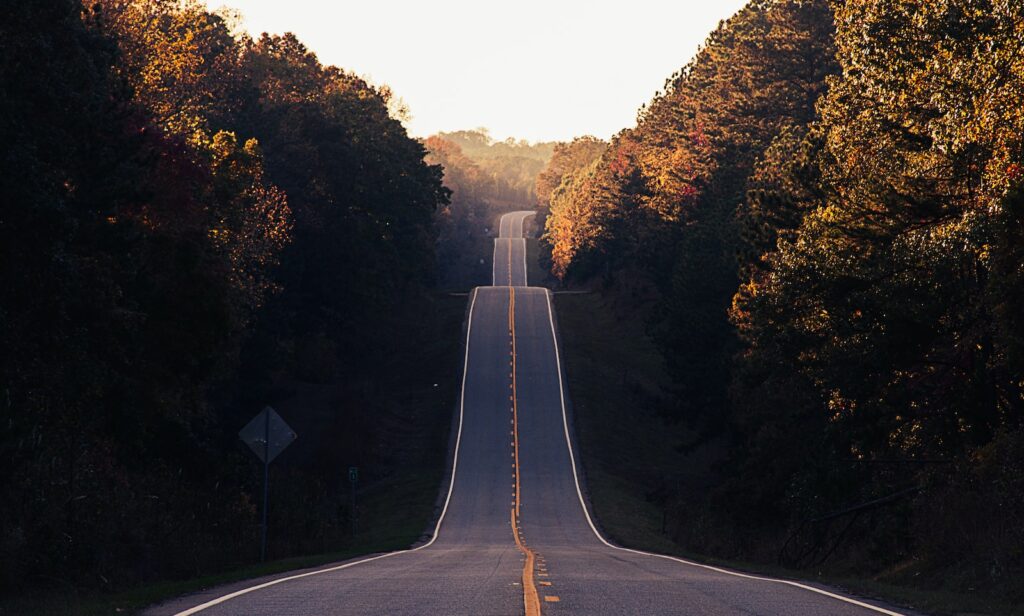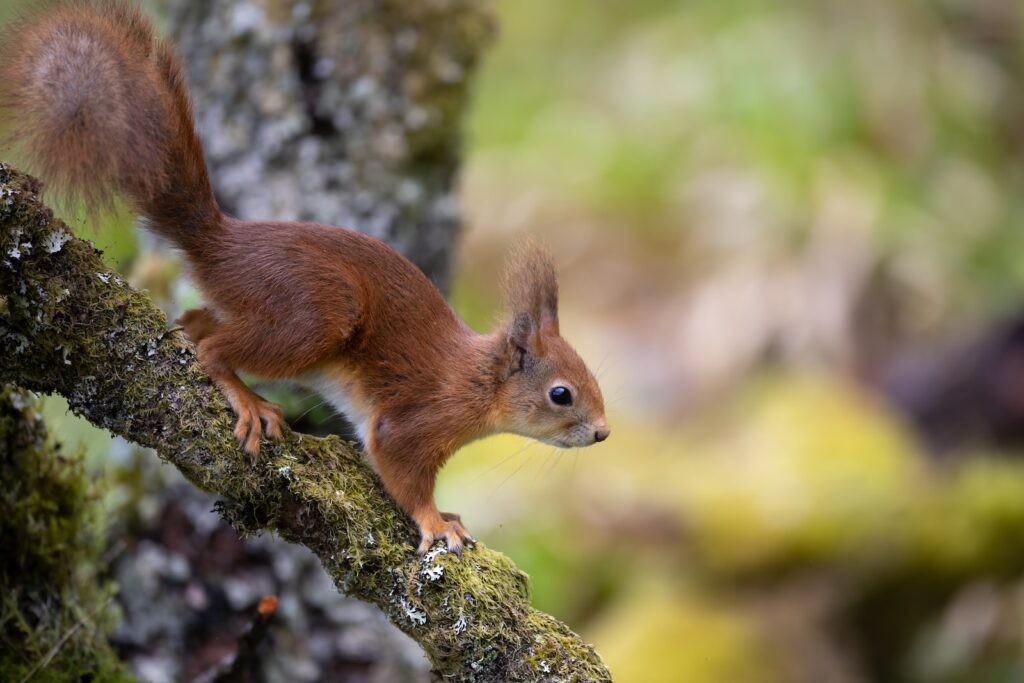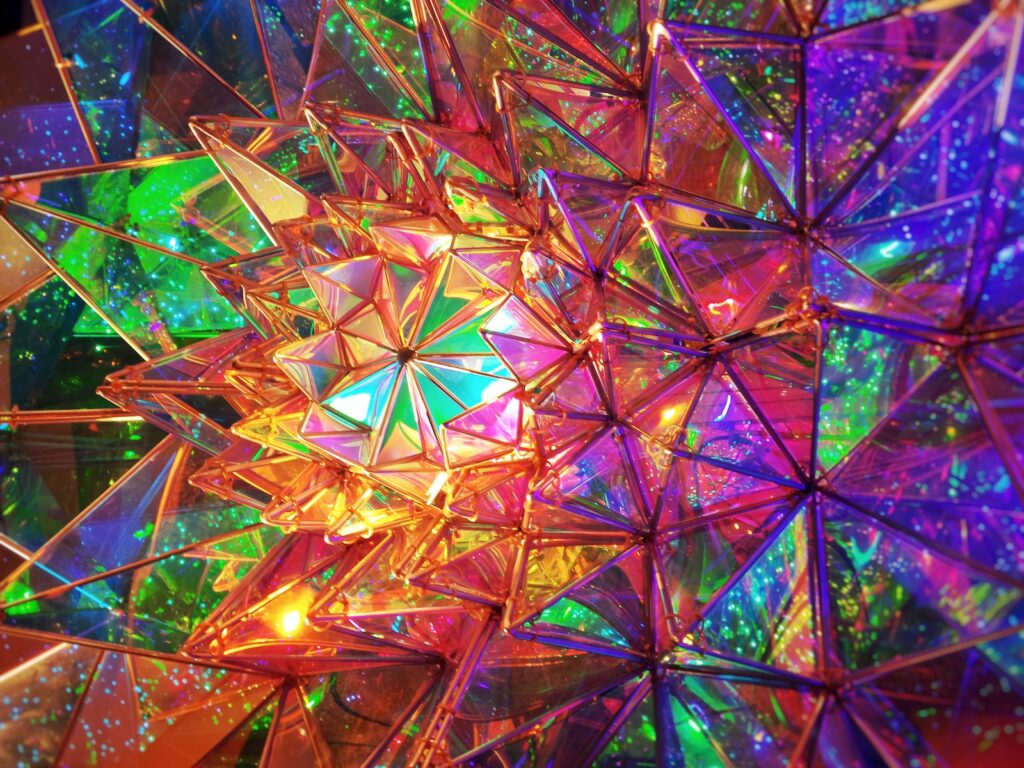You might be familiar with OAuth scopes from for example the Github dialog for creating a new access token. You get to choose what the token is authorized to do: can the user manage repos? Leave reviews? Push commits? There are a ton of options. Similarly Mastodon has scopes such as “see favorites” or “post on your behalf.”








